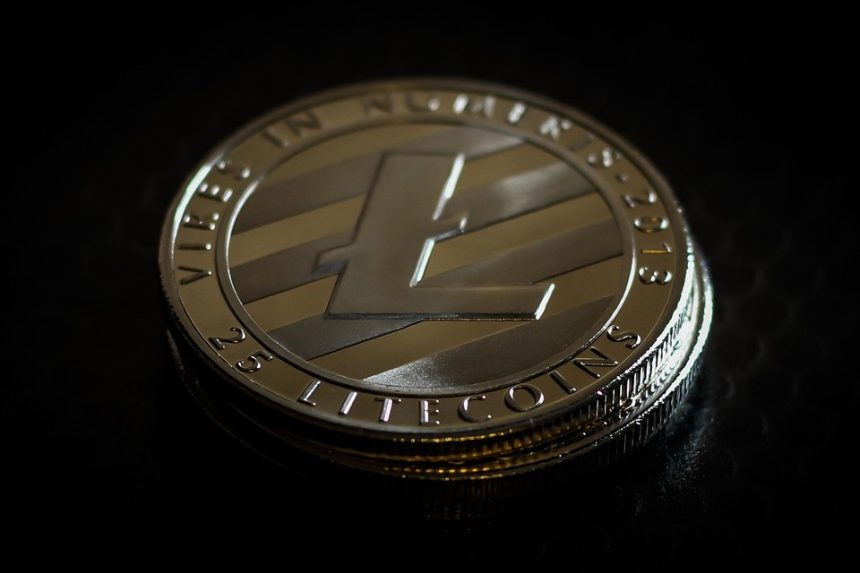Initial Coin Offerings (ICOs) have emerged as a revolutionary fundraising mechanism for tech startups, particularly in the cryptocurrency and blockchain industries. In the last decade, this form of capital raising has experienced explosive growth, drawing participants from investors looking for high returns and entrepreneurs aiming to bypass traditional funding routes. Despite some regulatory challenges and market volatility, analyzing the ICO market reveals essential insights into prevailing investment trends.
Understanding the ICO Landscape
An Initial Coin Offering is akin to an IPO (Initial Public Offering) but for cryptocurrencies. In an ICO, a company sells tokens to investors in exchange for established cryptocurrencies like Bitcoin (BTC) or Ethereum (ETH). These tokens can offer utility within the project’s ecosystem or represent a stake in the undertaking. The allure of ICOs lies in their potential for rapid, expansive returns in a burgeoning market, making them enticing for both small-time investors and venture capitalists.
Historical Context
The ICO phenomenon saw its first significant boom in 2017, when several projects raised millions within minutes, often accompanied by extensive media coverage. Notable successes, such as Ethereum’s own ICO in 2014, have set a precedent for future offerings. However, this growth has not come without drawbacks; the landscape has experienced a barrage of scams and failed projects, leading to increased scrutiny from regulatory bodies worldwide.
Analyzing Investment Trends
1. Market Valuation and Capital Flow
Data shows that ICOs raised over $5.6 billion in 2017 alone, a staggering figure that highlights the market’s peak phase. Although subsequent years have seen a decline in the number of successful offerings and the total capital raised, 2020 and 2021 marked a resurgence in ICO activity, reflecting renewed investor interest amid a rising cryptocurrency bull market. Recent analysis suggests that the total market capitalization of ICOs stands at approximately $40 billion as of late 2023, emphasizing the potential resiliency of this fundraising method.
2. Geographic Trends
Geographical analysis indicates a shift in ICO activity over the years. Initially dominated by North American and European projects, ICOs have seen a diverse geographical distribution. Countries such as Singapore, Malta, and Switzerland have adopted regulatory frameworks that attract ICOs, leading to a significant increase in Asia-Pacific offerings. The appeal also stems from a favorable regulatory environment along with access to a broad investment base.
3. Blockchain Technology Focus
Investment trends also reveal a clear preference for specific sectors within the blockchain space. The rise of decentralized finance (DeFi) and non-fungible tokens (NFTs) has heavily influenced capital allocation. Analysis indicates that over 60% of ICOs launched since 2020 focus on DeFi-related projects, highlighting investor interest in protocols that provide lending, borrowing, and yield-generating solutions. Interestingly, traditional industries such as gaming and digital art are increasingly adopting blockchain technologies, leading to a burgeoning market for NFT-based ICOs.
4. Token Utility and Governance Structure
Recent data also showcases a shift in investors’ perspectives on token utility. Earlier ICOs primarily offered utility tokens, which provided access to a product or service. However, governance tokens that allow holders to participate in decision-making processes are now gaining traction. Investment in projects offering significant governance features suggests a maturing market where investors prefer transparency and involvement in project direction.
5. Regulatory Awareness
The evolving regulatory landscape has profoundly influenced investor sentiment. Increased regulatory scrutiny has led to heightened awareness and caution among investors. Projects that clearly outline compliance with local laws and provide transparent white papers have gained greater credibility, resulting in higher success rates. As a result, investors are leaning towards ICOs that openly communicate their regulatory framework and adhere to stringent standards.
6. Impact of Market Sentiment
Lastly, the ICO market remains susceptible to broader market sentiments, with trends such as bull and bear cycles significantly impacting investor confidence. Positive market entries, such as Bitcoin reaching new all-time highs, often spark bullish enthusiasm for ICOs, leading to surges in fundraising success. Conversely, market downturns can lead to skepticism and decreased participation.
Conclusion
The ICO market analysis offers a glimpse into an ever-evolving landscape characterized by rapid innovation, investor interest, and regulatory developments. While the past few years have been marked by fluctuations in investment opportunities and risks, the data continues to highlight resilient trends that shape the future of this fundraising model.
As the cryptocurrency ecosystem matures, the importance of due diligence and regulatory compliance will only grow. Investors must equip themselves with the necessary knowledge to navigate the complexities of the ICO market successfully. With the probability of emerging trends and technologies on the horizon, the ICO landscape remains dynamic and full of potential, waiting to be tapped into by savvy investors.





